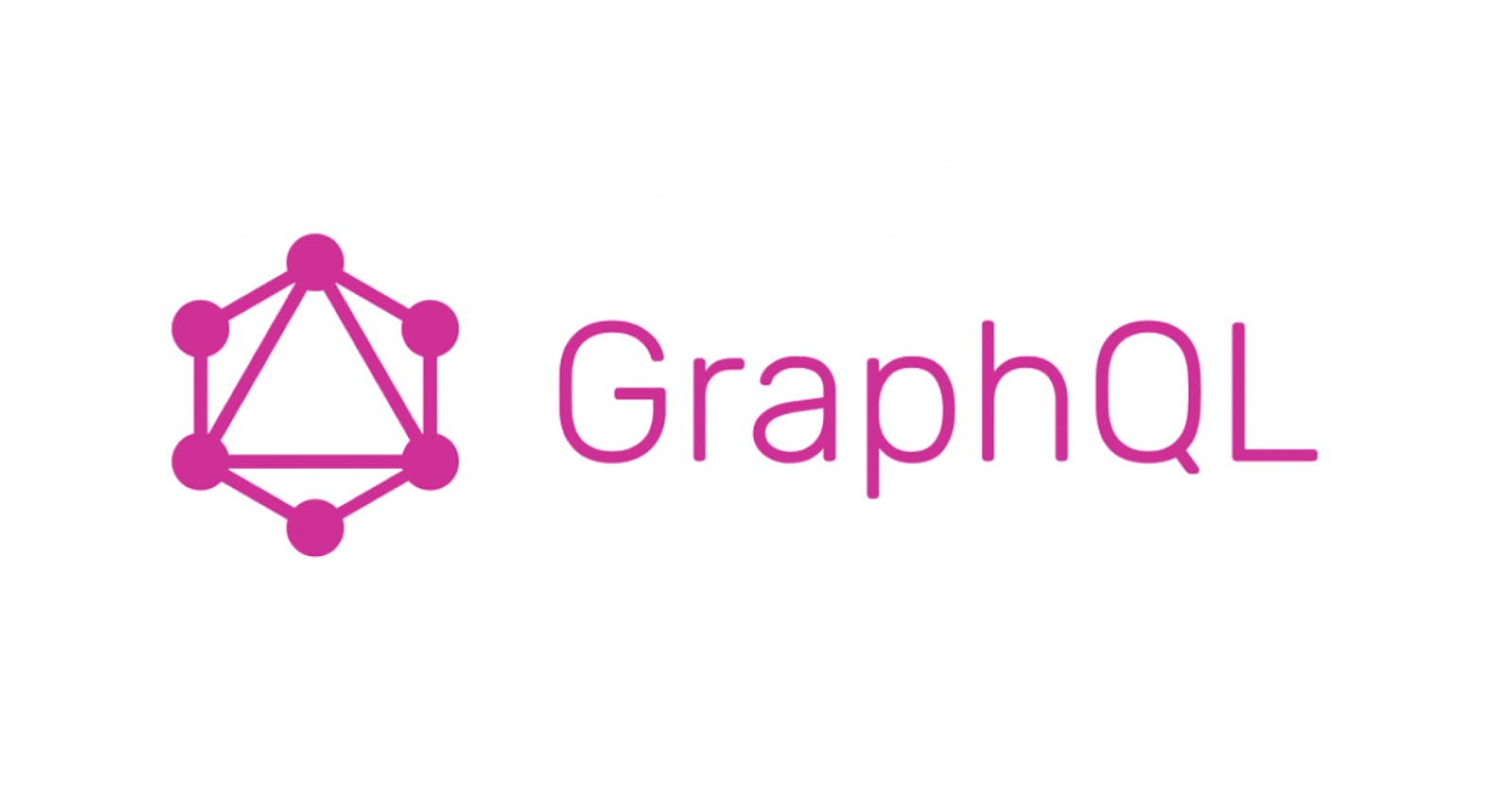Cutting the Fluff: How GraphQL Streamlines Data Retrieval for Web Applications
Have you ever found yourself waiting for a web page to load, only to realize that the reason it's taking so long is that the server is sending you more data than you actually need? It's frustrating, and it's a problem that has plagued web developers for years.
Enter GraphQL, a modern way of building APIs for web applications that streamlines data retrieval and reduces unnecessary network traffic. But what exactly is GraphQL, and how does it work? In this blog, we'll explore GraphQL in a conversational way, explaining it to a non-technical person through a fictional conversation between a marketer and a developer. By the end of this blog, you'll have a better understanding of how GraphQL can make your web applications faster and more efficient.
Meet Alice and Bob. Alice is a marketer who works for a startup, and Bob is a software developer who builds the startup's web application. Alice is curious about GraphQL and wants to know more about it.
Alice: Hey Bob, I've heard a lot about this thing called GraphQL lately. Can you explain to me what it is?
Bob: Sure, Alice. GraphQL is a modern way of building APIs for web applications.
Alice: Okay, but what does that mean exactly?
Bob: Well, let me put it this way. Imagine you want to buy a car, and you go to a dealership. The dealership has a catalog of all the cars they have in stock, with details like the make, model, colour, price, and so on.
Alice: Yes, I see where you're going with this.
Bob: Now, imagine you're interested in a particular car, and you want to know more about it. You ask the salesman to show you the car, and they take you to the car and give you a tour of it.
Alice: Right, that makes sense.
Bob: In the world of web applications, the dealership is the server that provides data to the client, which is the web application that the user interacts with. The catalog is like a traditional REST API, which provides a fixed set of data in response to a request.
Alice: Got it.
Bob: But with GraphQL, it's more like a conversation between the client and the server. The client can ask for exactly what it needs, and the server will provide it.
Alice: Hmmm, that sounds interesting. How does that work?
Bob: Instead of sending a fixed set of data, the server provides a GraphQL schema, which defines the types of data available and the operations that can be performed on them. The client can send a GraphQL query to the server, specifying exactly what data it needs, and the server will respond with only that data.
Alice: Wow, that sounds really efficient! So, instead of getting a big chunk of data that I don't need, I can get only what I want?
Bob: Exactly! And because the client can ask for only what it needs, it can reduce the number of requests it has to make to the server, which can improve performance and reduce network traffic.
Alice: That's awesome, Bob! I think I get it now. Thanks for explaining it to me in a way that I can understand.
Bob: No problem, Alice. That's what I'm here for.

